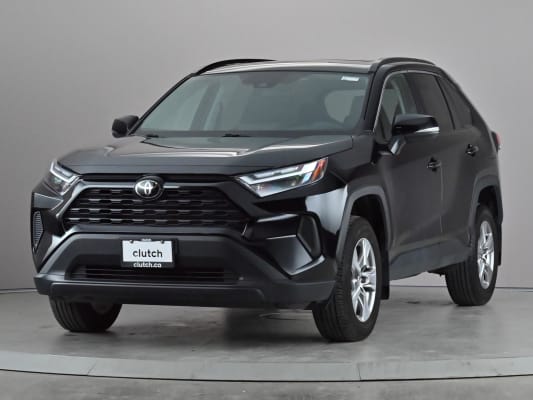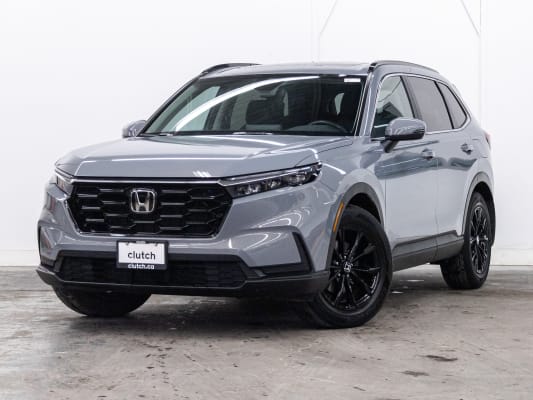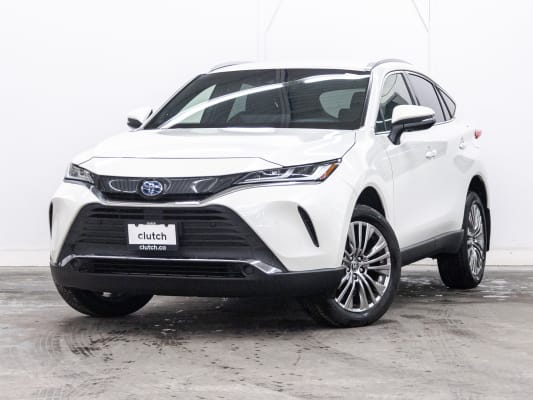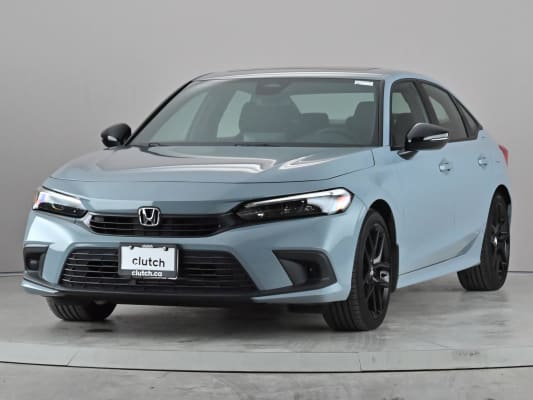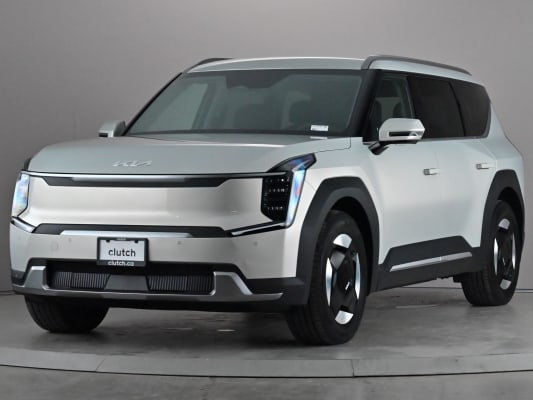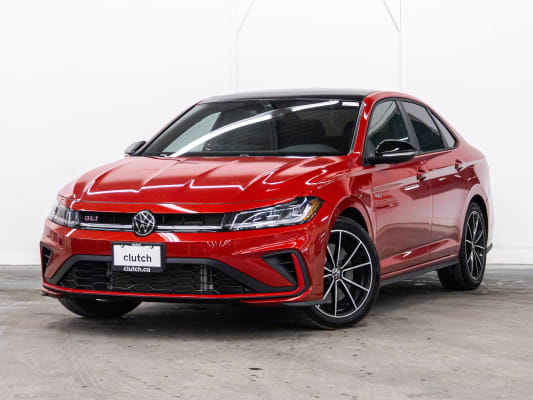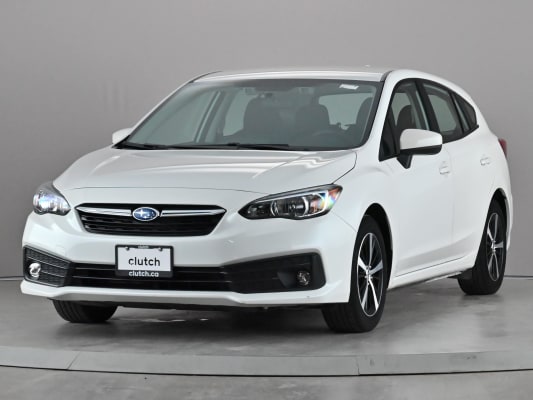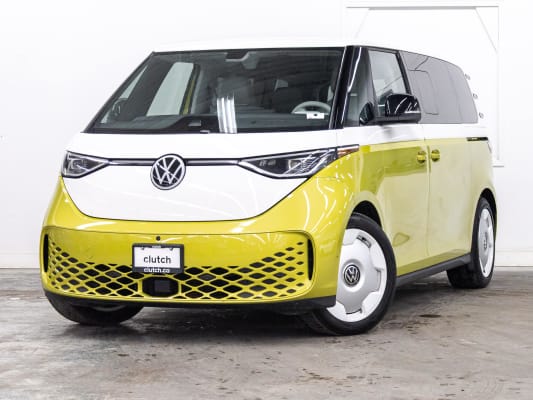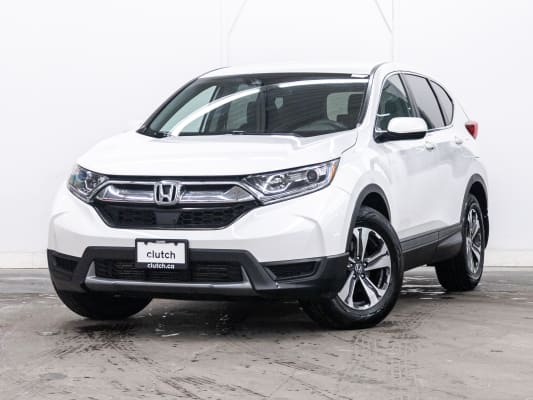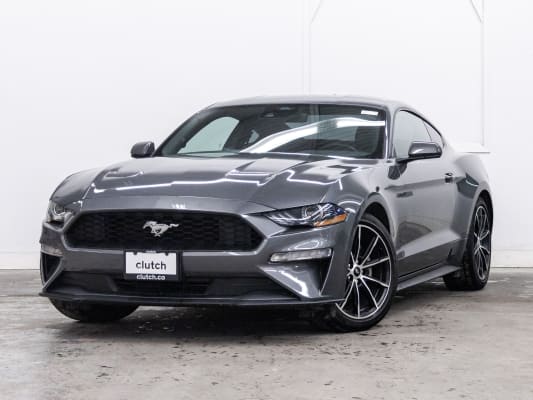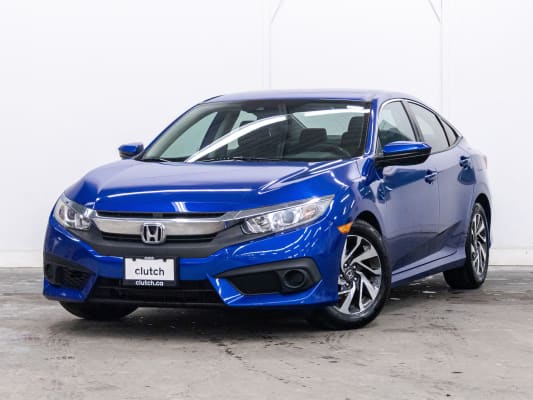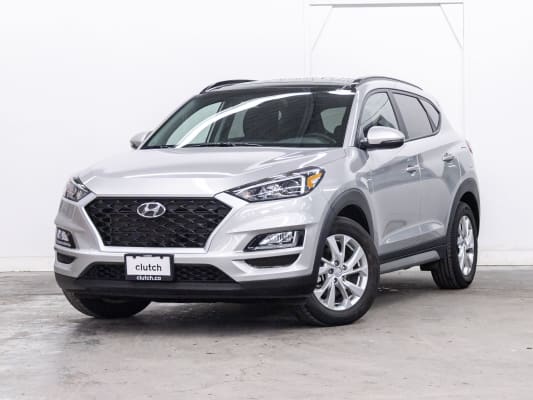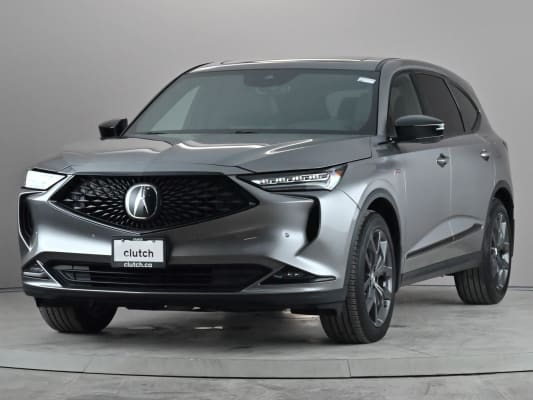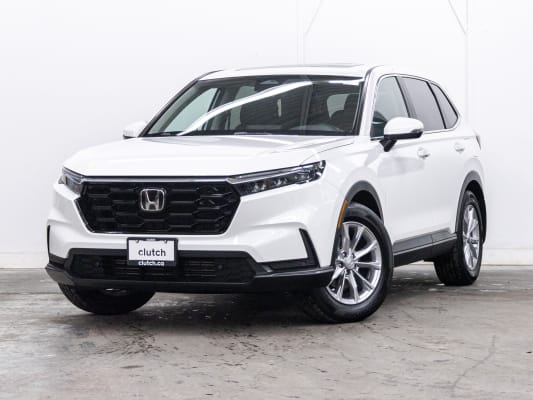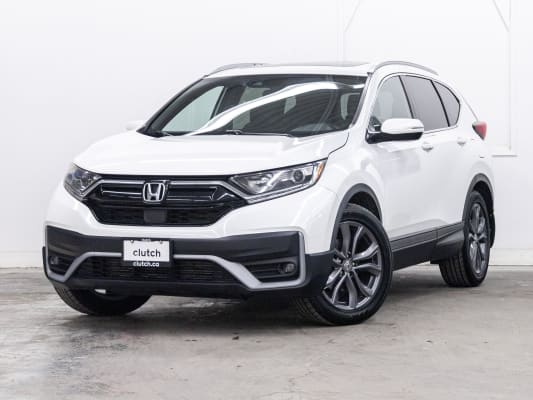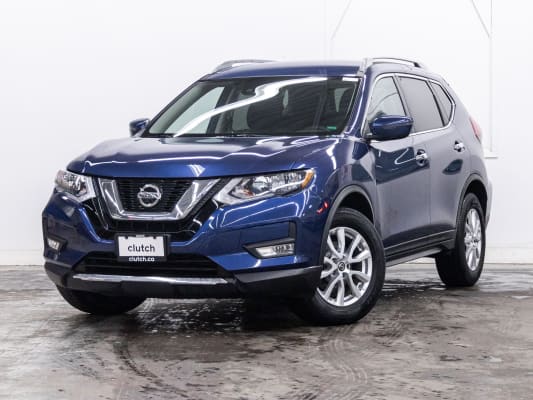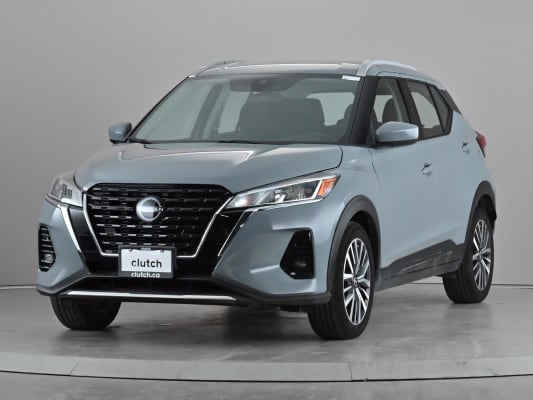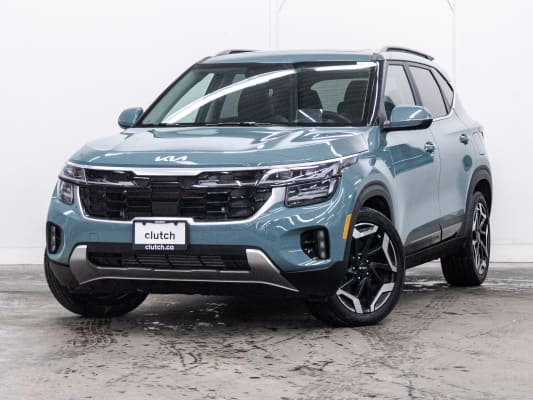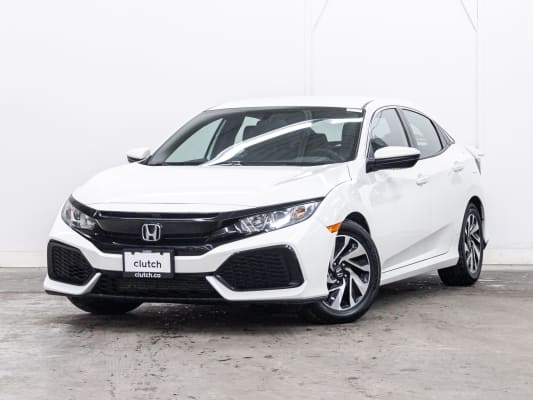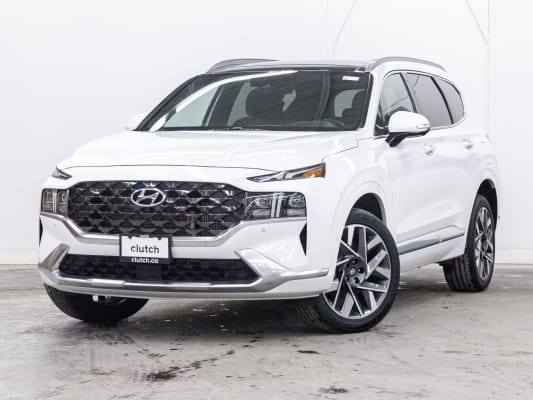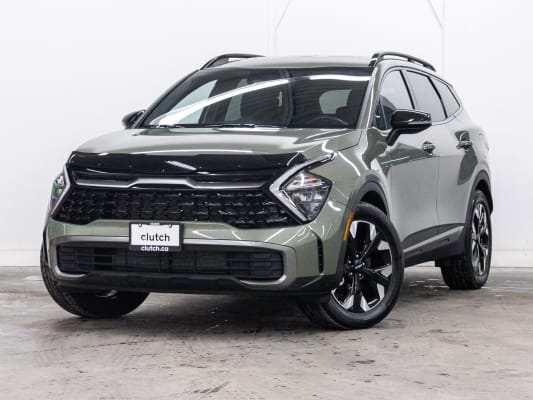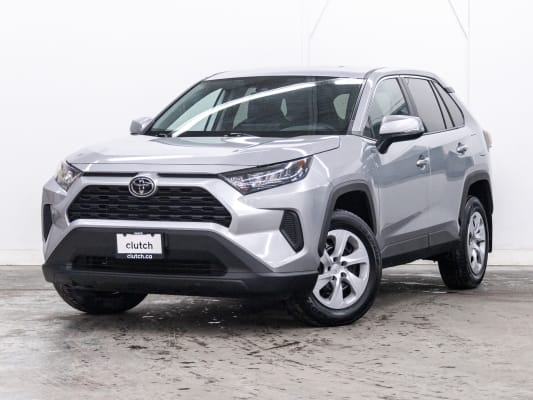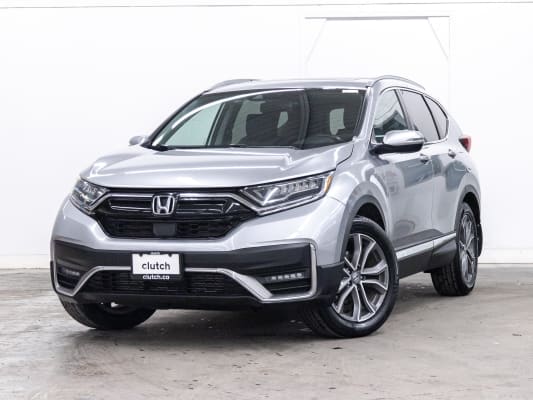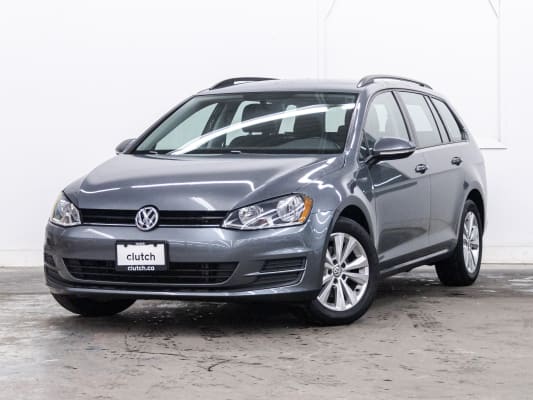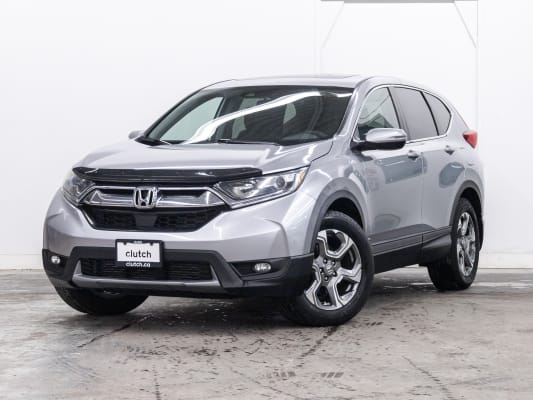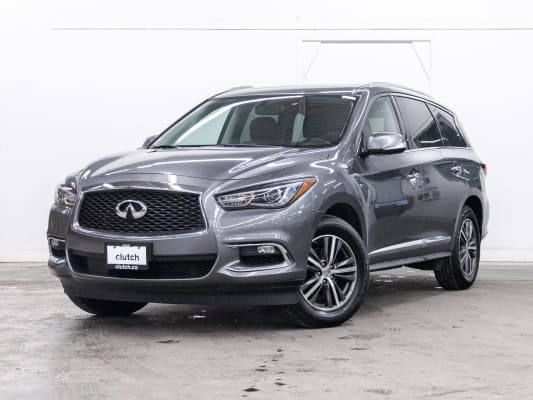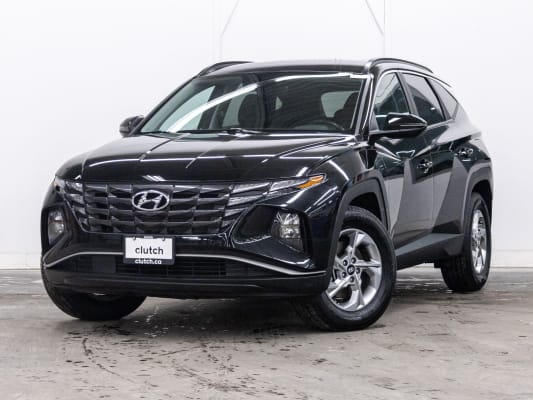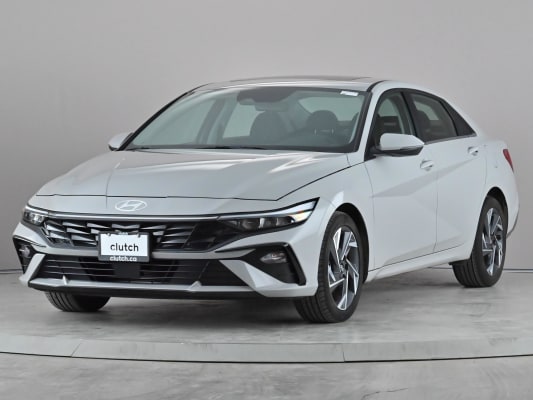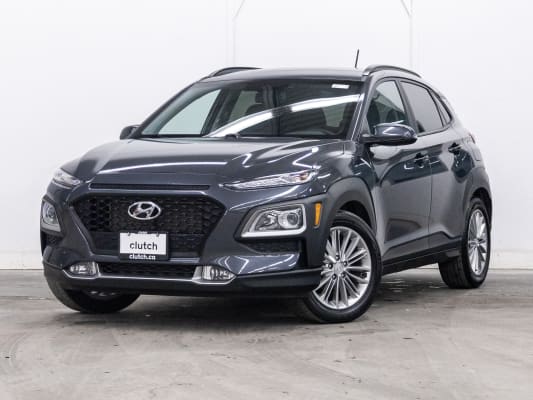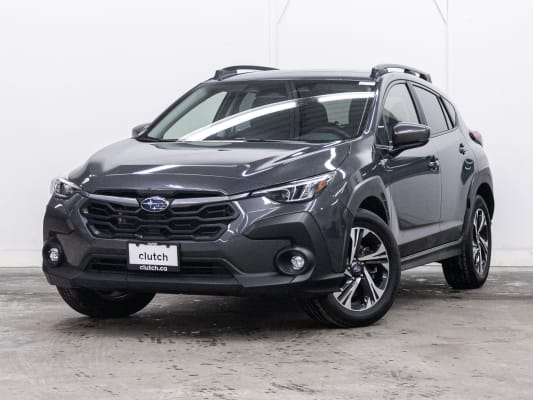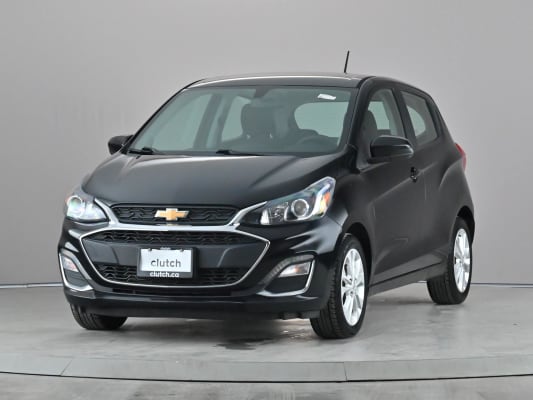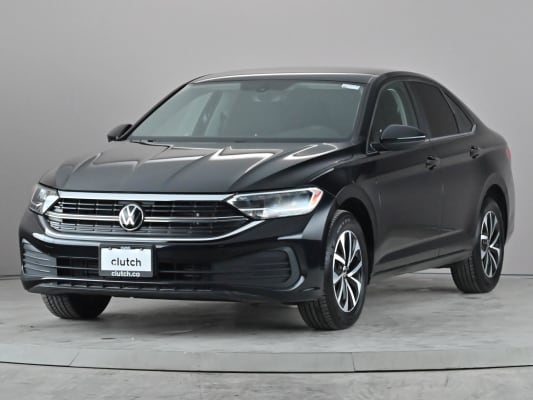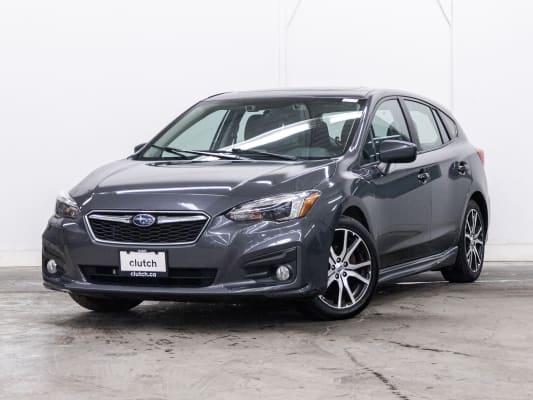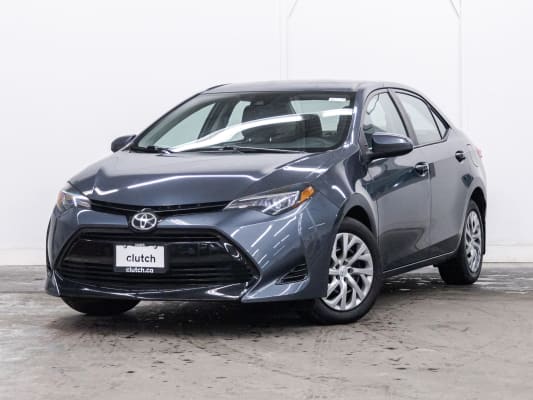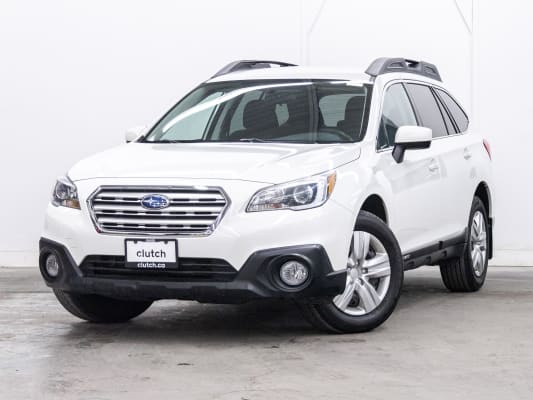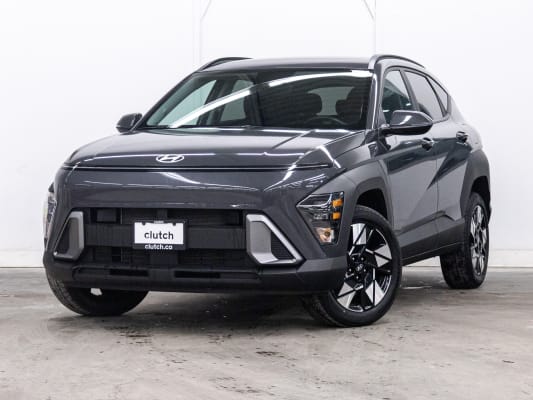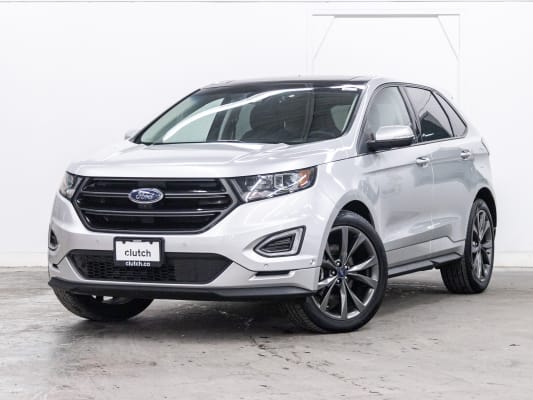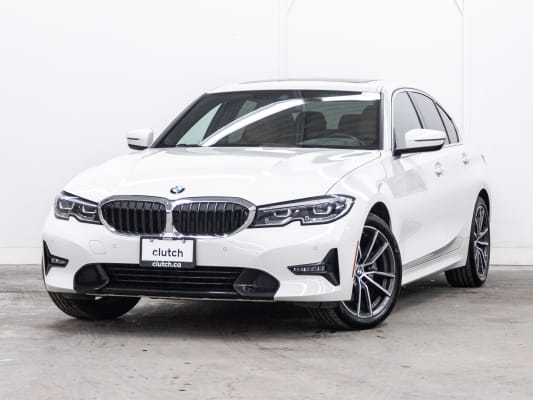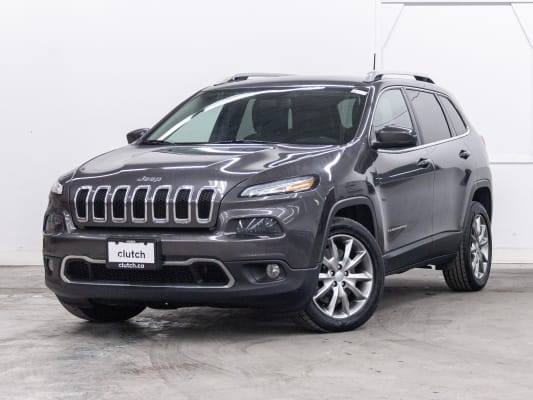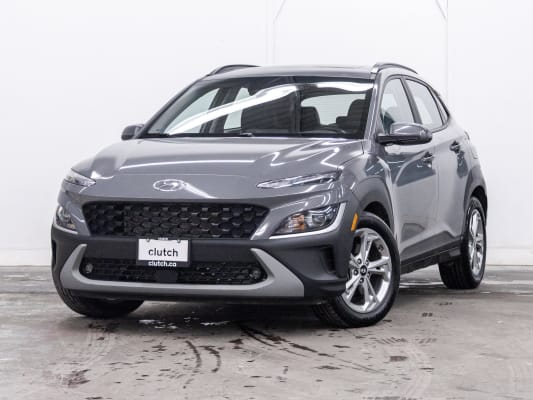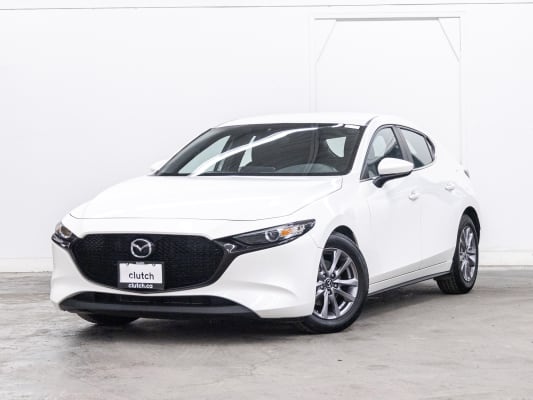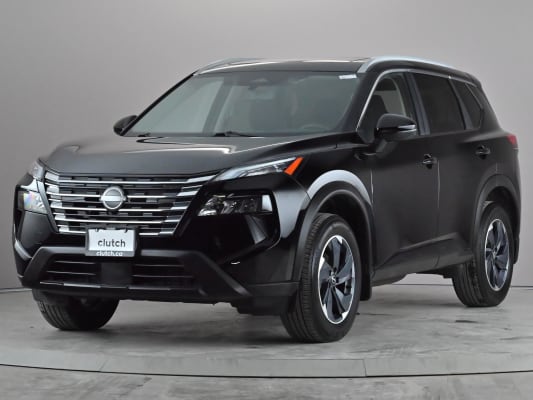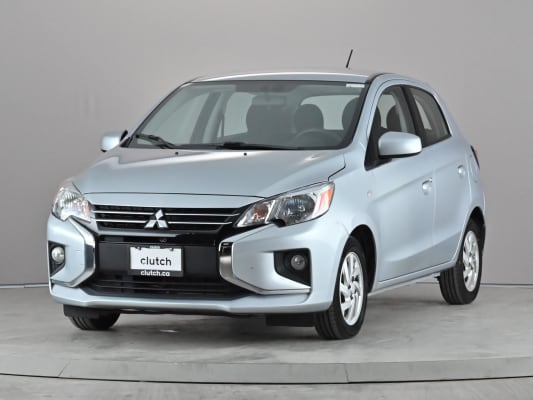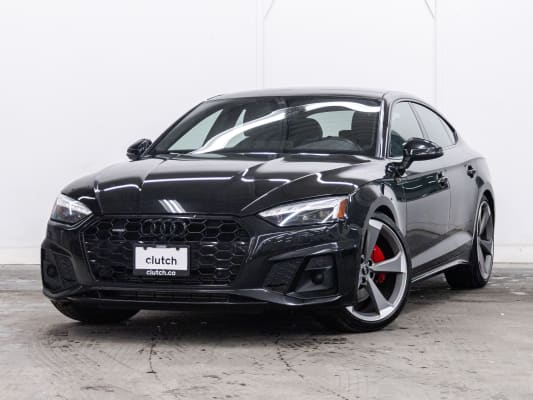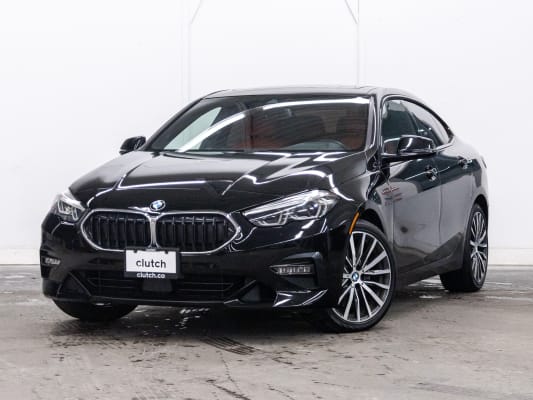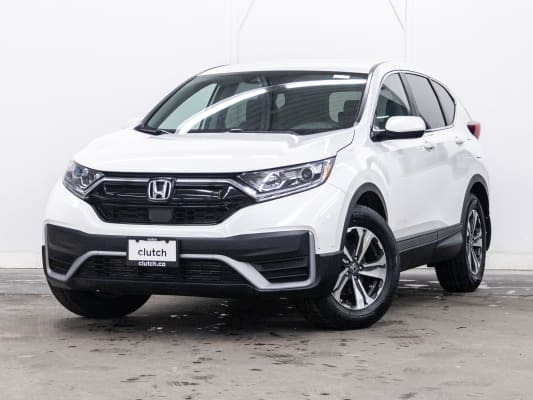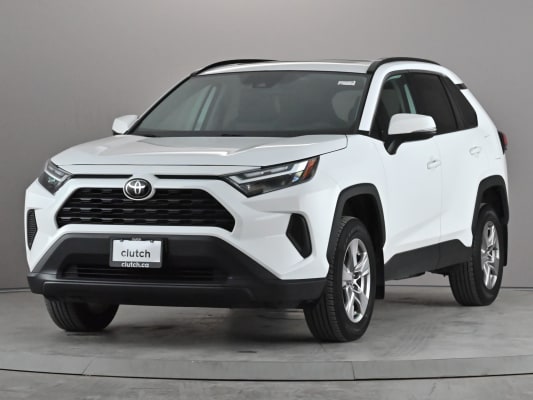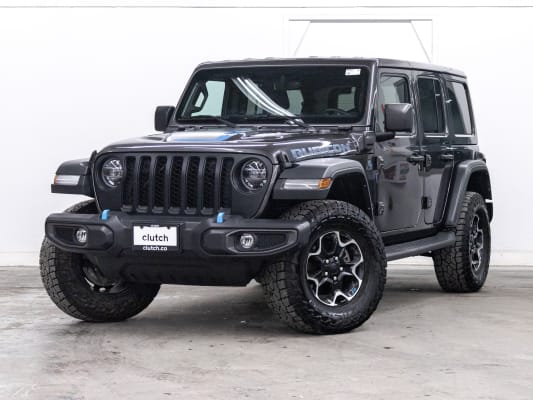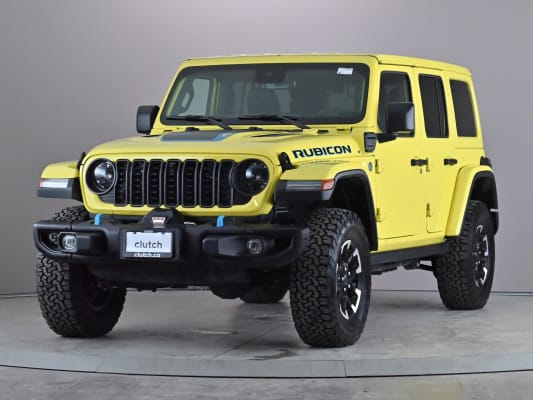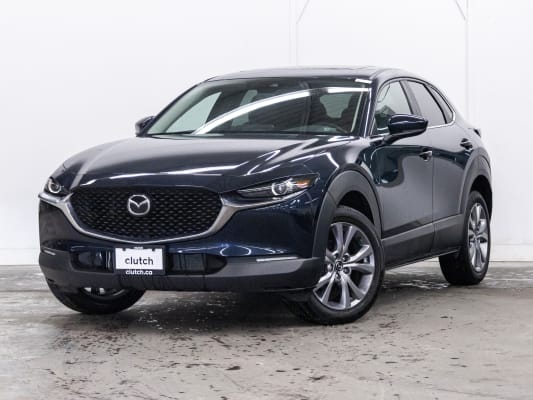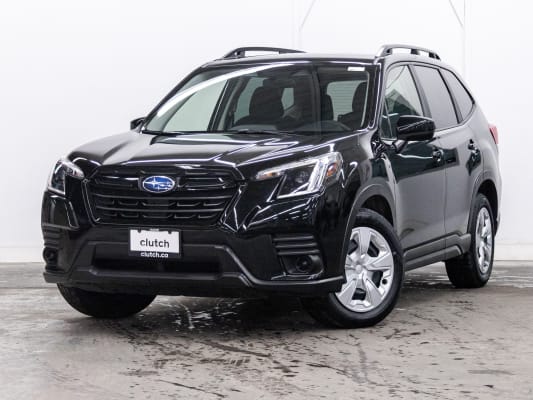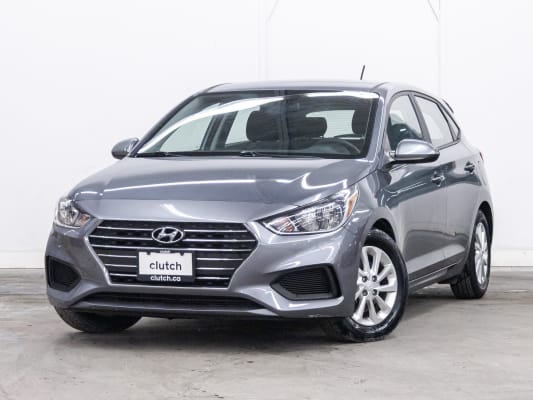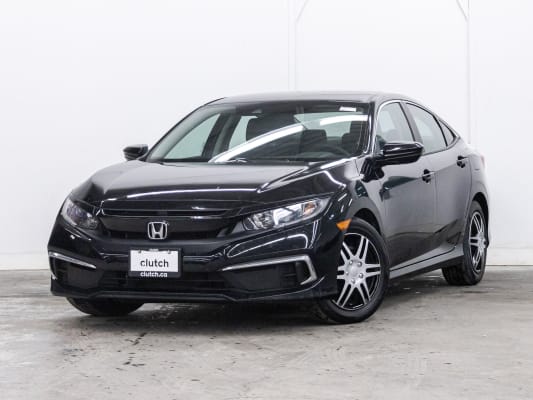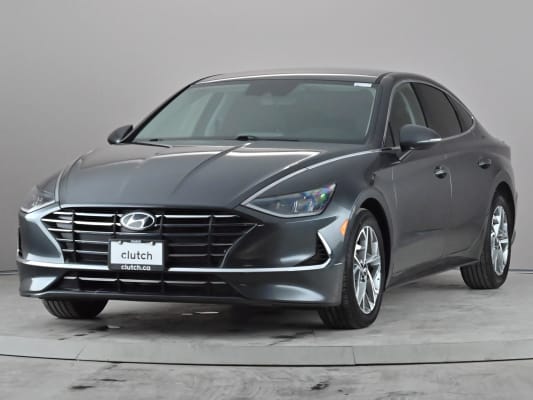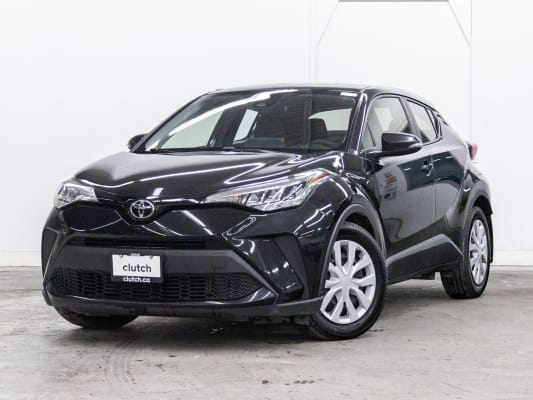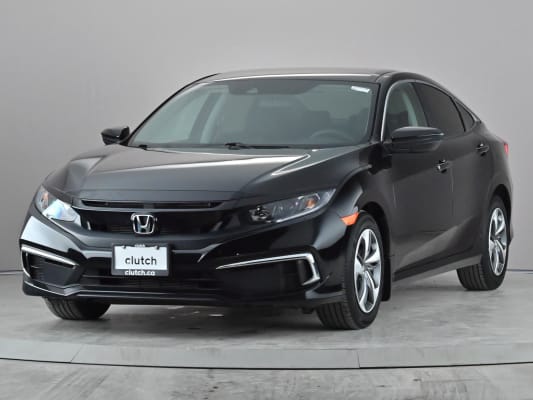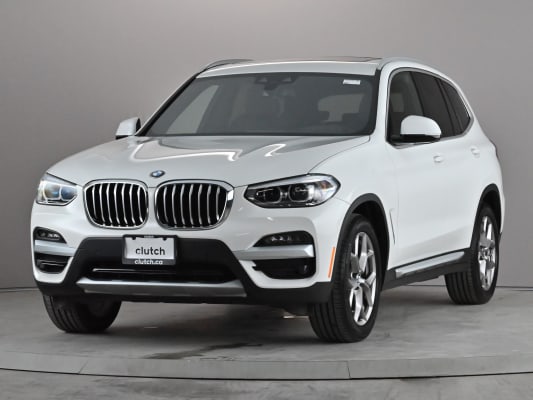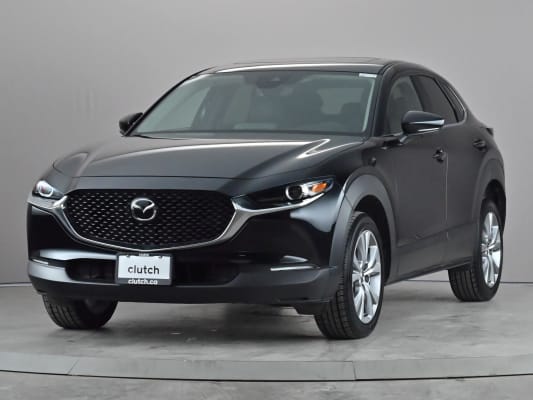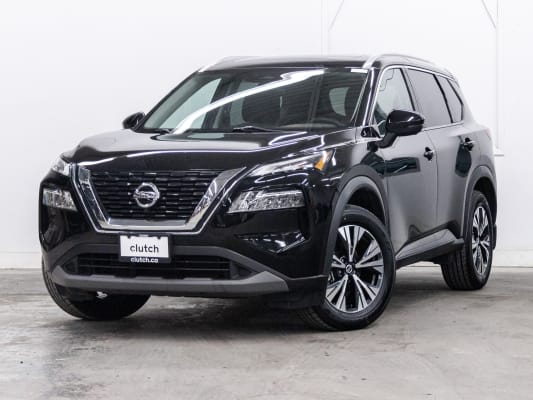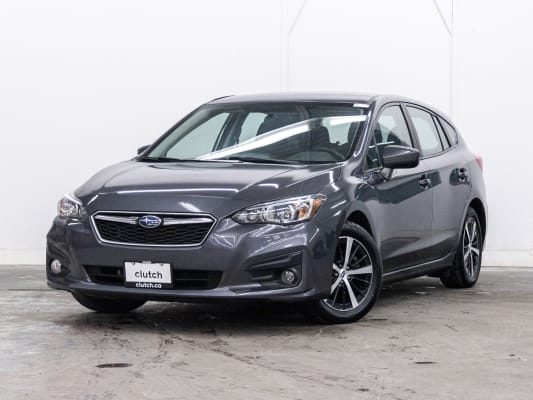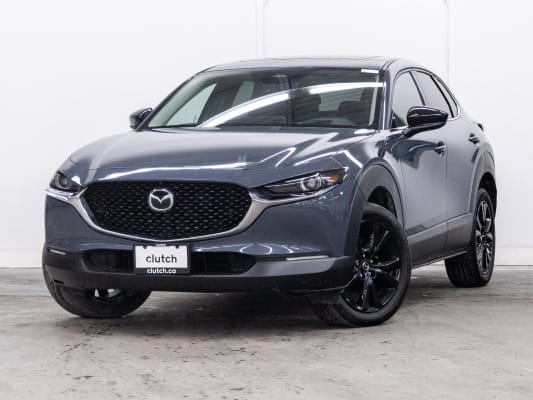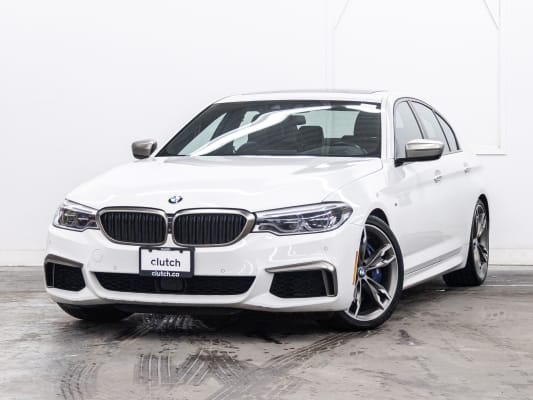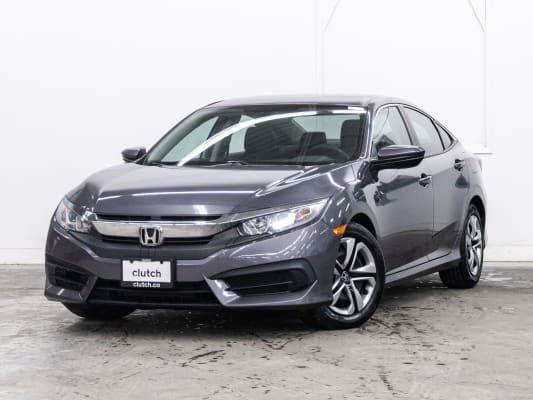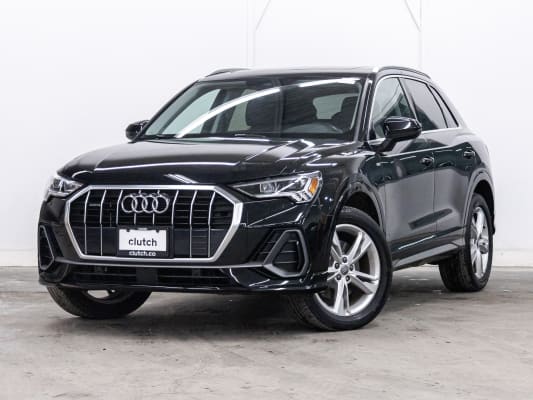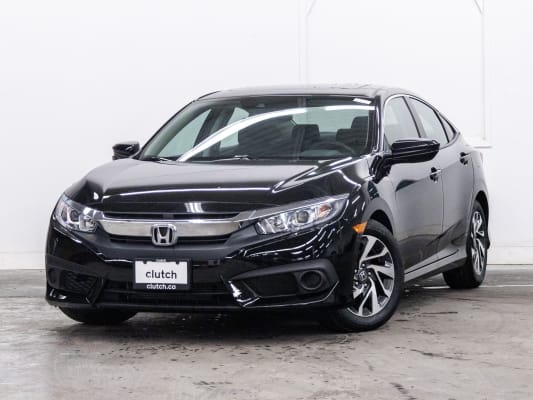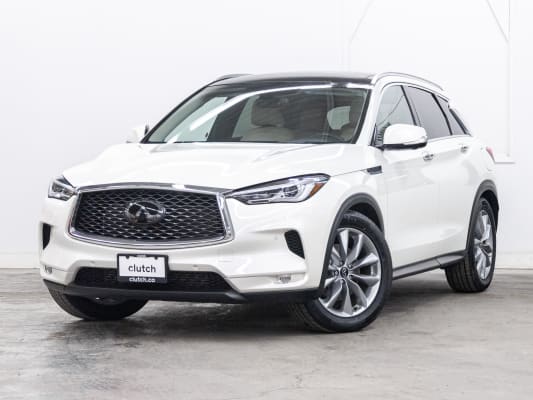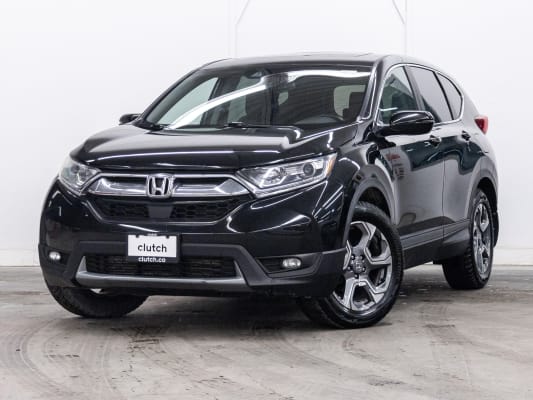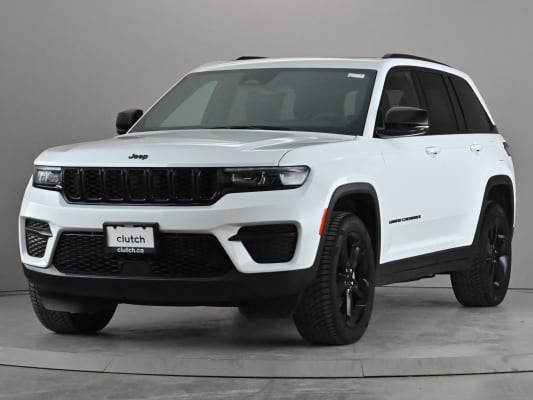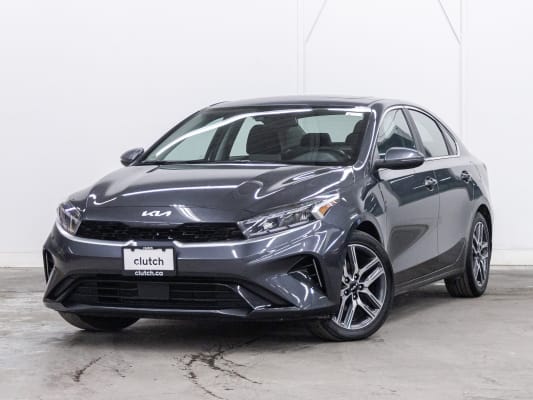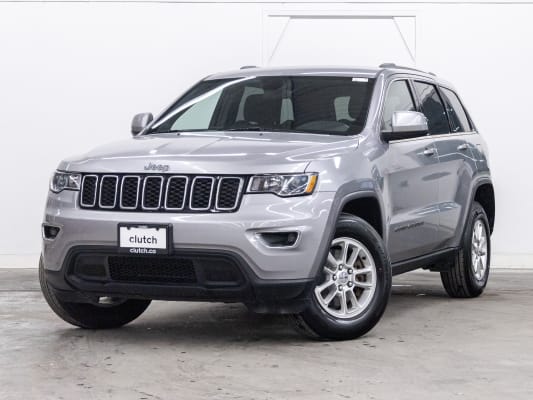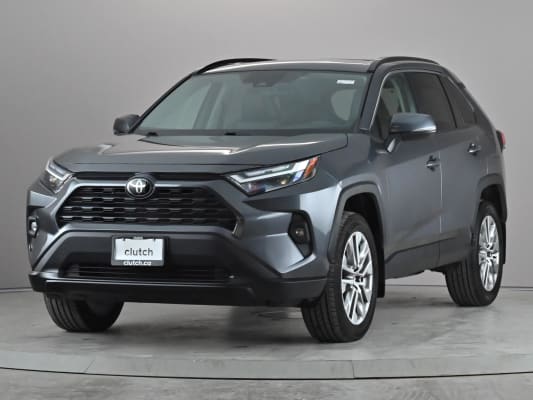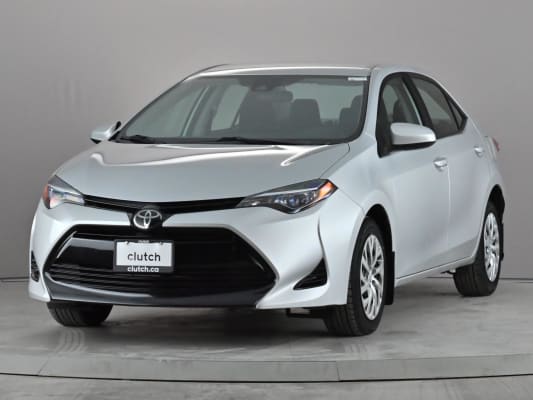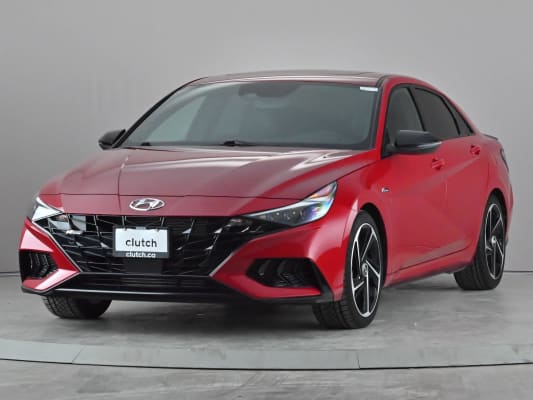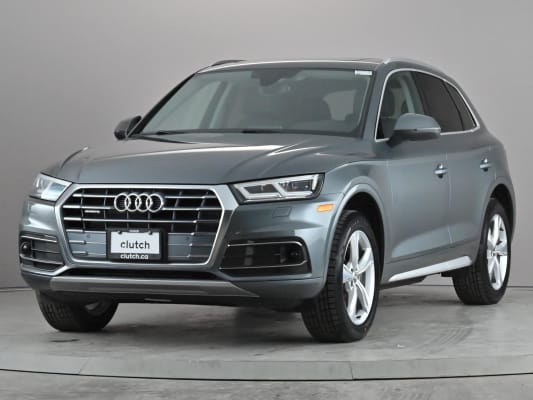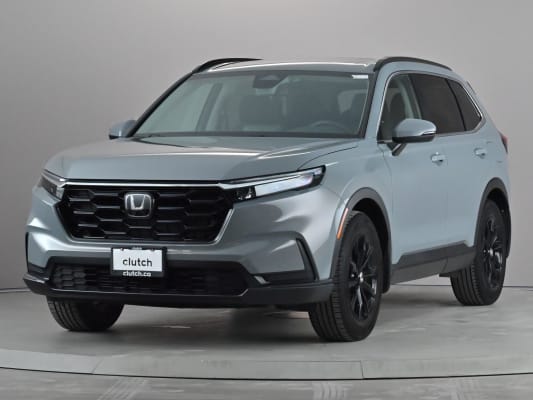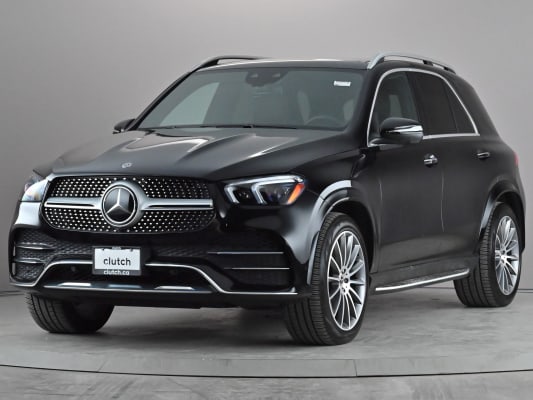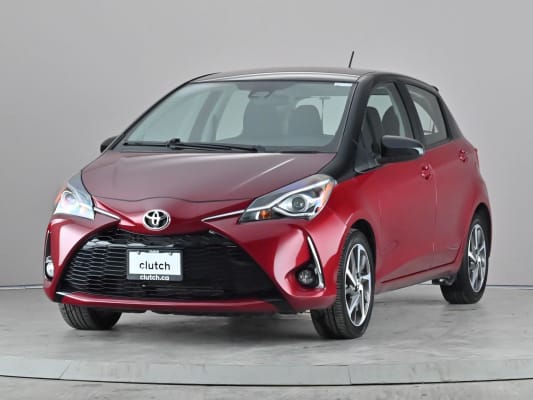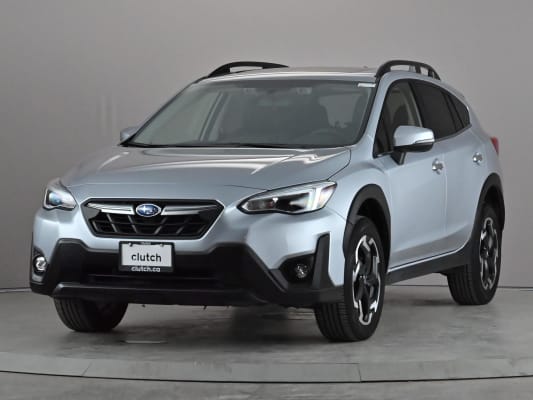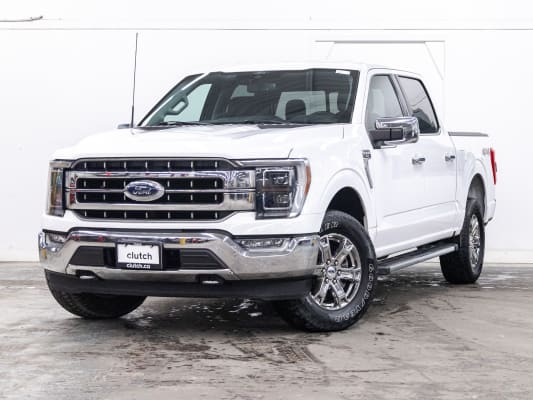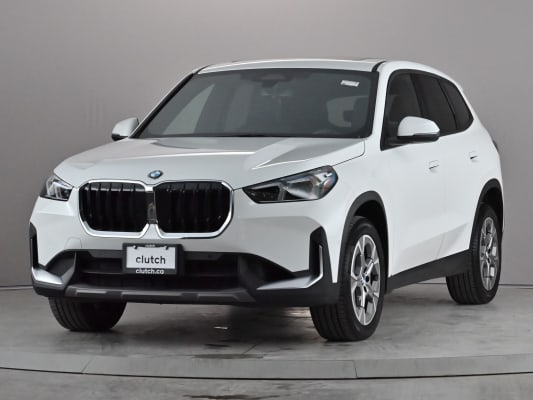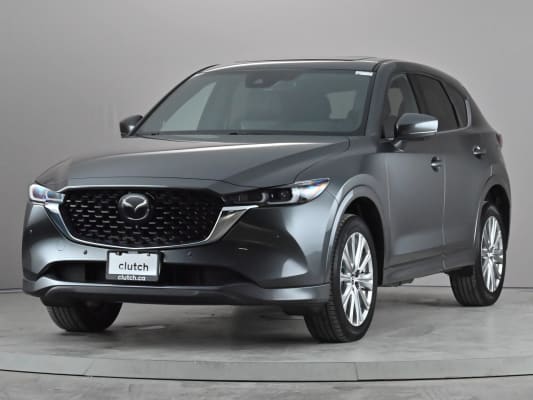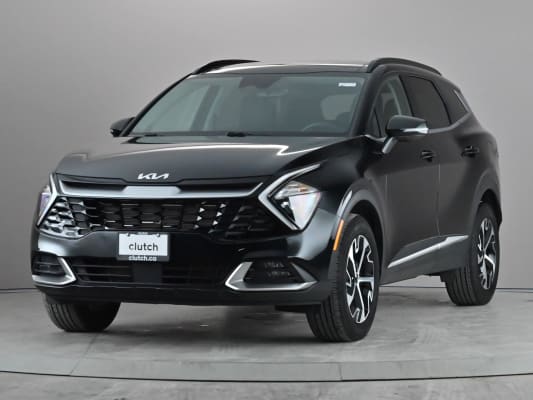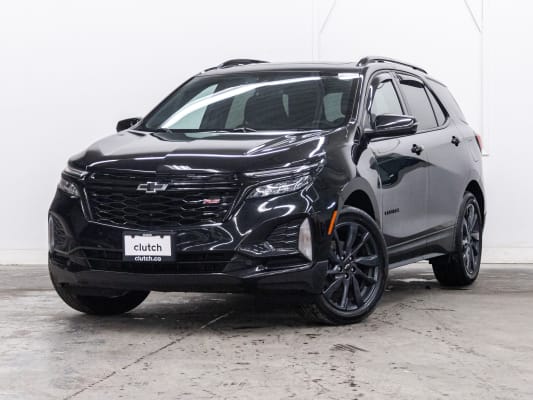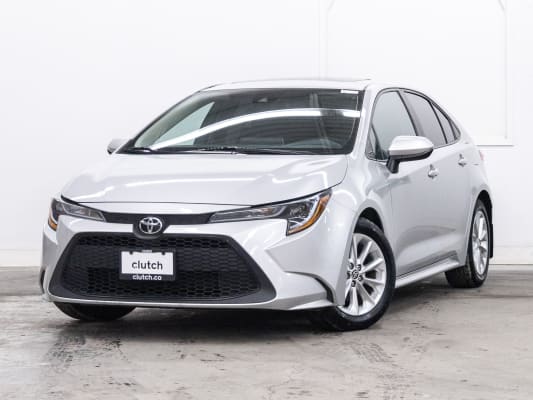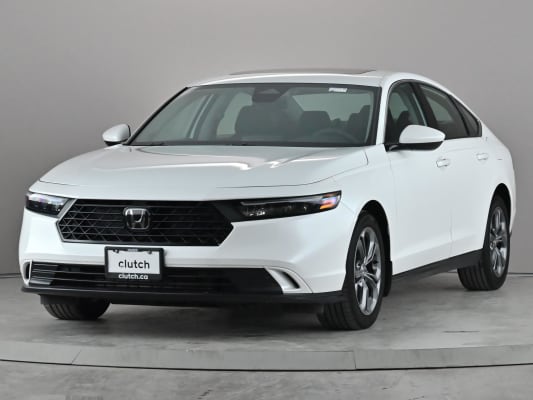You may have heard the cautionary tales of drivers caught off guard by inadequate insurance coverage after financing a car. One of the best ways to protect yourself in these situations is by considering guaranteed asset protection (GAP) insurance.
The used and new car markets have shifted dramatically in recent years—especially due to supply-chain issues and economic fluctuations—but the fundamental value of GAP insurance remains the same: protecting you from unforeseen financial fallout if your car is declared a total loss, which happens to 27% of all vehicles involved in a car accident.
Driving a Car Off the Lot Leads to Depreciation
A car's value drops once you drive it off the dealership lot. While supply shortages and higher-than-usual used car prices have impacted typical depreciation patterns since 2021, the underlying principle remains: most new vehicles see a significant drop in value in their first year, often up to 20%. Over the first five years, cumulative depreciation can reach as high as 60% or more, depending on the make, model, and market conditions. This latter-stage depreciation also impacts used cars.
Depreciation becomes a serious issue because most buyers will take out a loan to purchase a new or used vehicle. Now, you owe a set amount on your loan regardless of your vehicle’s value, meaning you often end up in a period where you have an “upside-down” car loan. Having an upside-down loan means you owe more to the lender than the vehicle is worth.
Having an upside-down car loan isn’t uncommon in the first few years of a finance agreement and only becomes a real problem if your car is totalled in an accident or stolen and not recovered.
In those cases, your insurance company will generally only pay the vehicle's depreciated value, and you must cover any balance still owing on the loan. GAP insurance protects your finances in this scenario.

What Is GAP Insurance?
GAP stands for guaranteed asset protection. If your insurance company deems your vehicle a total loss or unrecoverable theft, your insurance policy will pay you the vehicle’s actual cash value (ACV). The ACV is the depreciated value at the time of loss.
This becomes an issue when the ACV is far less than the remaining balance on your loan or lease. GAP insurance covers the difference (the “gap”) between what you owe and your insurer pays. This ensures you don’t have to pay anything out of pocket to satisfy the loan. Without GAP insurance, the difference between the insurance payout and your loan balance falls on you.

How GAP Insurance Works
Imagine you purchase a new car for $34,000, but with other financing costs, your total loan amount is $40,000. One year into the loan, perhaps you still owe $35,000, but the vehicle’s depreciated value is only $27,000. If your car is stolen or totalled at this point, your insurance company pays out the ACV of $27,000.
Unfortunately, that $8,000 difference between the ACV and your loan balance doesn’t just disappear.
Without GAP insurance, that $8,000 comes out of your pocket despite no longer having a drivable vehicle. GAP insurance covers this difference, so you’re not left with thousands of dollars in loan debt on a car you can’t use. Some GAP policies will even cover your auto insurance deductible, adding further value to your coverage.
Remember that the ACV your insurer puts on the vehicle isn’t necessarily the value you may find online. Many variables impact the ACV, including:
- Vehicle age
- Vehicle kilometres
- Past insurance claims made on the vehicle
- Vehicle wear and tear
- Comparable sales value in your area
When Should You Consider GAP Coverage?
GAP coverage isn’t for everyone. Some situations, such as a high down payment or valuable trade-in vehicle, result in vehicle equity from day one. However, most people who finance a vehicle would benefit from GAP insurance.
Sometimes when you should consider GAP insurance include:
You Took Out a Long-Term Auto Loan
Long-term loans—often 60 months or longer—mean you pay down your principal balance more slowly. This slow balance reduction often leaves you upside-down on your loan for at least the first few years when depreciation is steepest.
GAP insurance protects you if your vehicle is declared a total loss during this time.
You Rolled Negative Equity Into a New Loan
People love getting the latest features and updated vehicles, so it’s not uncommon for drivers to trade in their vehicle before fully paying it off. This can lead to negative equity, which is when you owe more than the trade value.
Some lenders will allow you to roll this negative equity into a new loan, but the downside is it creates an even larger gap between the new car’s value and the loan balance.
GAP coverage will help protect you from paying off both your old loan and the depreciated value of your new car. In this case, the lender may ever require GAP insurance to protect its investment.
You Drive a Lot
High mileage often accelerates depreciation. The faster you rack up kilometres, the faster your vehicle’s value declines, potentially widening the gap between your loan balance and the car's value.
GAP insurance can shield you from this difference if an accident occurs.
You Have a High Interest Rate
Interest rates have risen dramatically recently, so many borrowers find their early loan payments mostly go toward paying interest rather than reducing the principal balance. This means you may still have a substantial principal balance as the vehicle continues losing value in its early years.
GAP coverage can help cover that difference due to the inflated interest payments.
You Leased a Vehicle
Leasing a car doesn’t mean you’re off the hook if your vehicle is stolen or totaled. You must still cover any losses.
Fortunately, many lease agreements already include GAP coverage. If your lease doesn’t include GAP, it’s wise to add it so you won’t owe the leasing company a large sum for a vehicle you can’t drive.

When Can You Skip GAP Insurance?
Earlier, we touched upon situations when GAP coverage doesn’t make sense. Let’s review these situations in more depth:
- You Made a Sizable Down Payment: A significant down payment—typically 20% or more on a new or used car—often gives you enough equity to offset depreciation. With the gap now filled by your down payment, your standard auto insurance payout could cover the remaining loan balance.
- You had a high-value trade: A trade-in work similar to a down payment. So, if your trade-in equity—the amount the dealership paid for the vehicle minus any remaining loan balance—accounts for 20% or more of the price of the vehicle you’re purchasing, you’ll likely have equity from day one and never need GAP insurance.
- You paid cash: If you didn’t finance your vehicle, there’s no loan balance to protect, so GAP coverage wouldn’t be necessary.
Who Offers GAP Insurance?
You have three main options for purchasing GAP insurance. Let’s review these options and their pros and cons.
Through the Dealership
Dealers often partner with GAP coverage providers so you can roll the expense of the coverage into your loan. You’ll want to watch out for significant markup on these coverages, but many reputable dealers price GAP fairly and won’t push it on buyers who don’t need it.
Pros of buying GAP insurance at the dealership:
- You leave the dealership with coverage
- One-stop shopping
- Can roll the policy cost into your loan
- Price is sometimes negotiable
Cons of buying GAP insurance at the dealership
- Some dealers may charge you an inflated price for GAP
- Risk of dishonest salespeople selling you GAP coverage you don't need
While you may find some of those cons alarming, Clutch does things differently than traditional dealerships.
First, we proactively alert our customers when they aren't a good candidate for GAP insurance. So, you never have to worry about us pushing it on you. And if you ask about it, we’ll tell you if it’s unnecessary in your situation.
At Clutch, we also ensure we price all optional services, including GAP insurance, fairly based on market trends.
From Your Auto Insurance Company
Some insurers let you add GAP insurance to your existing auto policy for an extra fee. This can simplify your paperwork and sometimes yields a multi-product discount.
Pros of buying GAP insurance from your auto insurer:
- May get package savings
- No middleman between you and your insurer
- You may be able to drop the GAP policy once you no longer need it, saving you money
Cons of buying GAP insurance from your auto insurer:
- May not go into effect immediately
- No ability to negotiate
- Shopping for competitors requires shopping for all-new insurance policies
- Cancellation policies may be confusing
Independent GAP Insurance Providers
You can shop around for standalone GAP insurance, but this will require a bit more legwork on your end. When shopping for your GAP coverage, make sure to choose a reputable provider and that the coverage is effective immediately.
Pros of buying GAP insurance from an independent provider:
- Buying direct may save you money
- Countless companies to choose from
- Might get an array of competing offers relatively quickly
Cons of buying GAP insurance from an independent provider:
- Each company has different terms and conditions you must also compare
- Time-consuming process
- Coverage may not be immediate
- Smaller companies can go out of business after you purchase the policy

What Red Flags Should You Watch Out For?
We’ve outlined plenty of benefits of purchasing GAP insurance. While most dealerships are upfront and honest with their GAP offerings, you want to watch out for a few red flags indicating the dealer may not be up and up.
Overcharging for GAP Coverage
GAP insurance typically costs between $1,400 and $2,400, depending on your vehicle and financing details. If a dealership tries charging anything more than that, it may be marking up the policy significantly to pad its profits.
At Clutch, we always ensure our GAP insurance premiums are fair and on par with market rates.
Selling You GAP Coverage Unnecessarily
If you have a large amount of equity in your vehicle—such as after a big down payment or valuable trade—or you paid cash, a trustworthy dealership or insurer should advise you that GAP coverage may not be beneficial.
As we said, not every dealership is as honest as most and may still offer you GAP. This is a massive red flag, as GAP insurance essentially becomes worthless if you have equity in the vehicle.
At Clutch, we will never sell you any extra coverage you don't need, including GAP coverage. And if you request GAP but it doesn't make sense for your situation, we'll let you know.
3. Claiming GAP Coverage Is Required
It’s illegal for a dealership or lender to claim that you must buy GAP coverage. GAP insurance is always optional, even though it can be highly beneficial in certain financing scenarios.
The only time this is acceptable is if the lender requires it for approval. In this case, though, you can review the approval terms to verify that it is indeed a requirement.
At Clutch, we pride ourselves on delivering a stress-free buying process, so you never have to worry about high-pressure sales tactics like this.

Let Clutch Protect Your Investment With GAP Coverage
GAP insurance offers you peace of mind, knowing your finances are protected. Rather than facing the potential of making a car payment on a vehicle you can no longer drive, GAP coverage will pay off the loan.
When you purchase a high-quality used vehicle from Clutch, we’ll evaluate your unique situation and let you know if GAP coverage makes sense. If your situation doesn’t warrant GAP insurance, we’ll recommend against it. If GAP coverage makes sense, we’ll offer you coverage at fair market rates—no gimmicks and hidden fees.
If you’re considering financing your next ride, contact our team to determine whether GAP insurance is right for you.


.avif)
.avif)
.avif)

.avif)

